Future generations of Aotearoa embracing te reo Māori
Pānui Pāpāho
The revitalisation of te reo Māori takes a step forward today with the announcement of new research showing nearly three-quarters of four-year-olds are using at least some te reo Māori.
Te Mātāwai co-chairs, Mereana Selby and Waihoroi Shortland say they are not too surprised to see the future generations of Aotearoa finding a natural synergy with te reo Māori from an early age.
“For Te Mātāwai, restoring te reo Māori as a nurturing first language within homes and communities is our highest priority. The research gives us great confidence that we are tracking in the right direction”, says Waihoroi Shortland.
The research, led by Te Whare Wānanga o Awanuiārangi, analysed information from Growing Up in New Zealand. It follows more than 6,000 children whose mothers resided in the Auckland, Counties Manukau and Waikato District Health Board areas during pregnancy. It examines mothers’ assessments of te reo Māori use by their children at age two and again at age four-and-a-half.
Findings at age four included ten percent of children able to speak and understand simple sentences in te reo Māori. Non-Māori are also seeing the benefits of te reo Māori with 20 percent of those children surveyed able to speak or understand simple sentences in te reo Māori.
Waihoroi Shortland says, “We are seeing the cumulative investment in te reo Māori revitalisation coming to fruition for Māori and mainstream New Zealand alike. This is “Te Whare o te reo Mauriora” actualising our shared vision, kia mauri ora te reo.
The survey identified that attending Kōhanga Reo, having a te reo Māori speaking mother and living in communities where there are more Māori people and where te reo Māori is spoken are all important components to language revitalisation.
“As we start to see this pattern for young children we are reminded that this is a long-term strategy and we must stay focused and continue to invest in te reo Māori within homes and communities to ensure children continue to learn. Exposure to the language at a young age will also positively shape and influence attitudes towards Māori language and culture, and therefore assist normalising the language and with achieving revitalisation goals.”, says Mereana Selby.
Responsible for leading the implementation of the Maihi Māori, Te Mātāwai works closely with whānau, hapu, iwi and Māori language communities and stakeholders on a range of investment and research initiatives to raise the importance of te reo Māori in our lives and for the sustenance of our culture.
At present there are over 200 active te reo Māori revitalisation initiatives in Māori communities being supported by Te Mātāwai.
ENDS / KA MUTU
